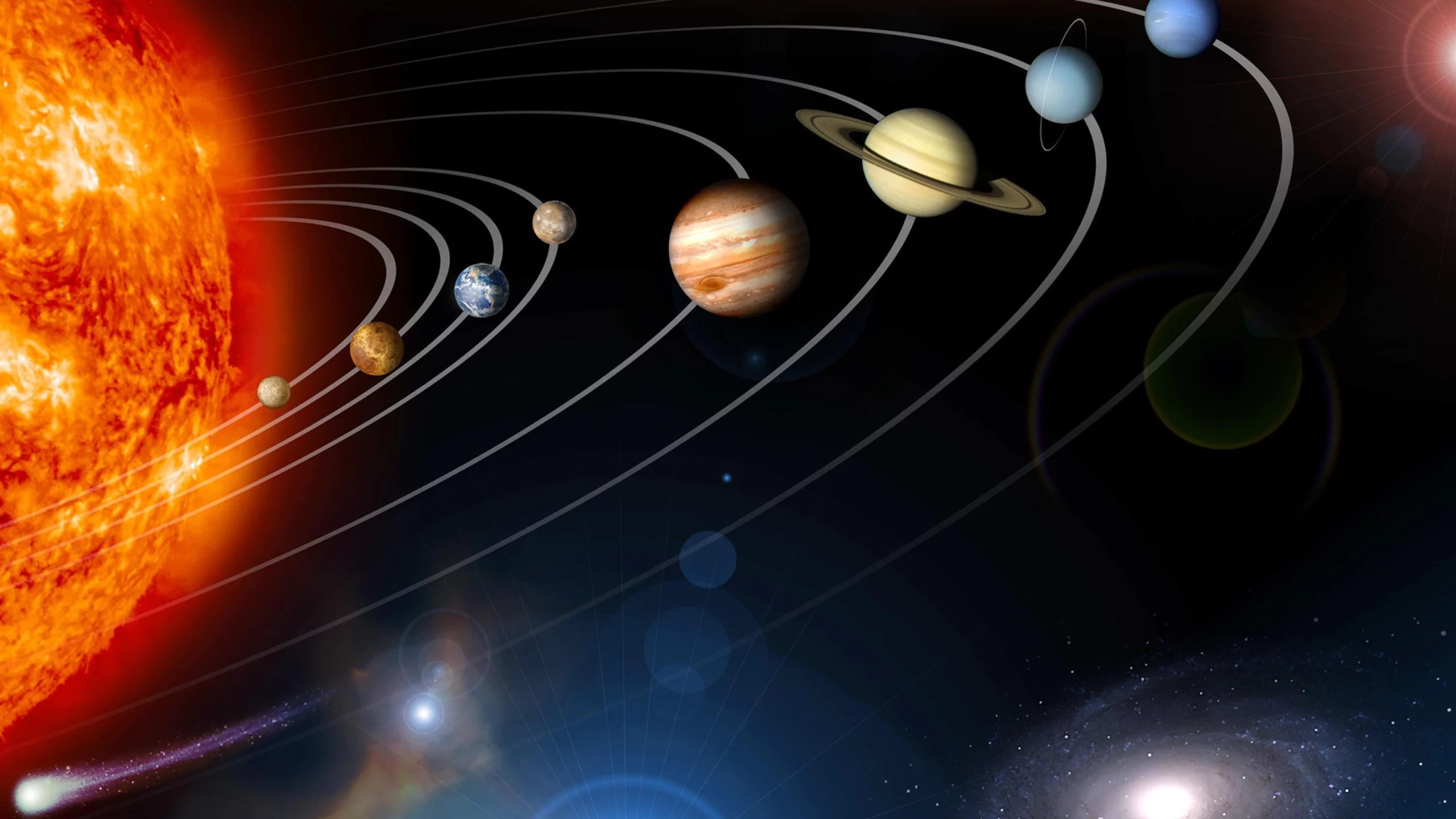Thousands of new exoplanets have been discovered in the Milky Way Galaxy since the landmark discovery of two planets orbiting a star outside our solar system in 1992. However, scientists have not found any system as close as our solar system.

The exoplanets found by researchers do not have a habitable environment. Extremely cold or hot, icy, dusty, or cloudy environments; Such exoplanets have been found. There is much more variation in galaxies than what we see in our own solar system.
A system that is 100% the same as our solar system is likely to be located much further away. Such research requires further development of technology. NASA scientists use telescopes that can focus on the same part of the sky for more than 27 days.
This is why transiting exoplanet survey satellites in space are so powerful. Direct imaging methods work best for studying exoplanets with long orbits, says astronomer Daniel Bayliss of the University of Warwick in the UK.
This method helps find the common types of exoplanets with nearly opposite short orbits. Larger exoplanets will be quite easy to find this way. Normal-type exoplanets are quite difficult to find in our own solar system.
Most of the confirmed exoplanets have orbits that are much smaller than Earth’s orbit. These orbits last for less than 20 days. Scientists think that multiple stars somehow make it harder for planets to form.
Daniel Bayliss also stated that our solar system was expected to have some planets that are of the normal type. It may be that our solar system is much more rarefied. Such a solar system may not be found. Again my assumptions may be proven wrong.
